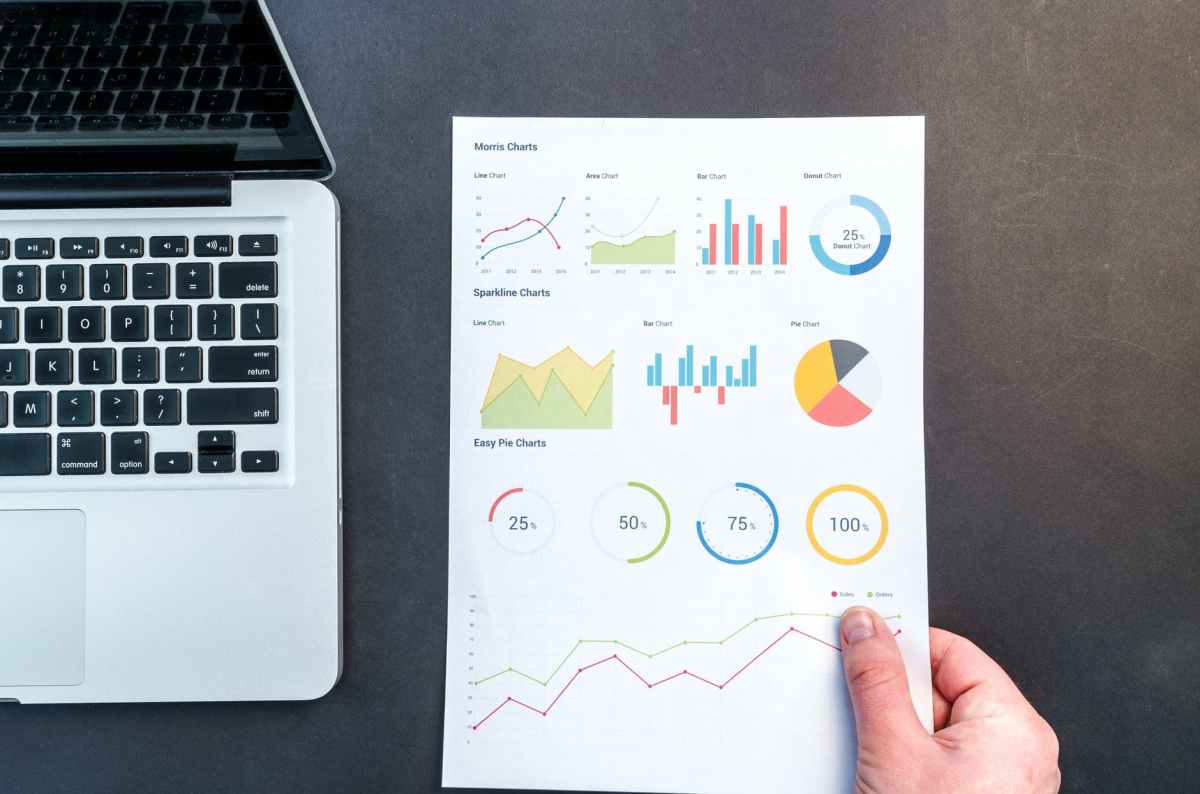With a recent update to the platform, now we can use Power BI quick report (preview) on the view page in a model-driven app, to visualize the data.
To enable the feature, open the model-driven app in the modern app designer.
Here we are opening the Customer Service Hub app in the modern app designer.

Click on Settings.

Navigate to Features and enable the Power BI quick report visualization on a table option.

Publish and Play the app.

We can see the Visualize this view option added in the command bar for all the views within the app.

It asks for getting a power bi license if we do not have one.

Click on Get a free license and set up the Power BI Account.
Now Visualize this view option will open the Power BI report.

The visuals will run under the context of the view selected – All Contacts in this case.
The visuals will use some of the fields and add additional fields to the table in the report.

Here we are running it against the My Cases view.

The Power BI quick report –

The report gets updated based on the fields selected in the data pane. Power BI adds or removes charts based on the selected fields as shown below.

We can also further Personalize the visual

Visualize this view doesn’t run on selected records for a view.

The option is also available for the Activities view.

The option also works on a Custom table/entity.


Get all the details here –
https://docs.microsoft.com/en-us/power-bi/create-reports/dynamics-quick-create-report
Hope it helps..

























































